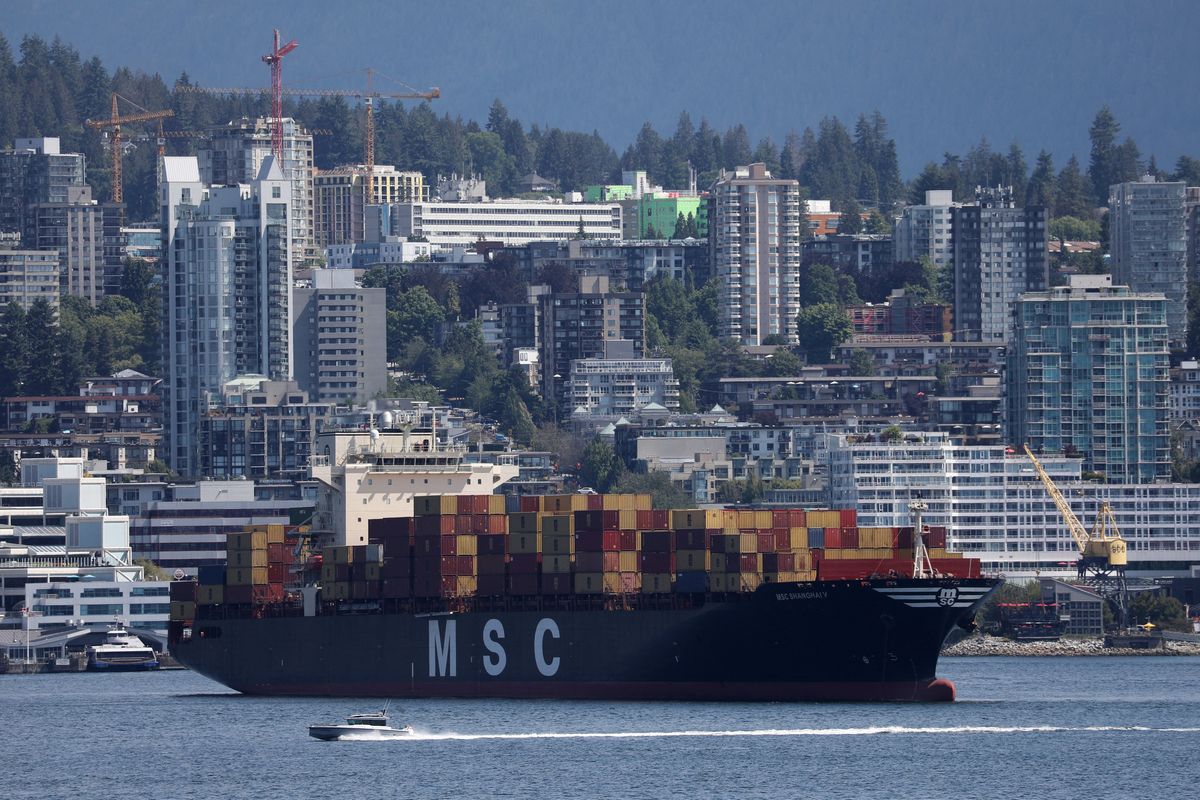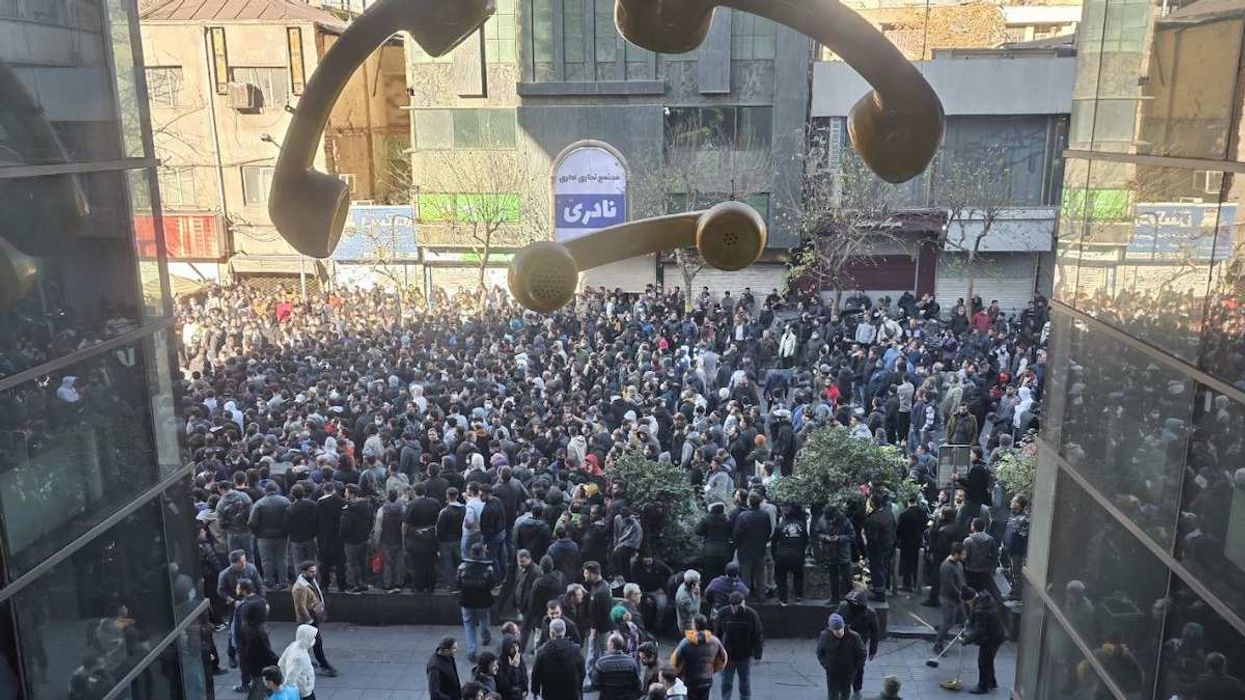A port workers' strike in British Columbia that has snarled trade between Canada and its trading partners, including the US, since early July was thought to have ended. But picketers were back in action on Tuesday after union leaders rejected a deal worked out through federal mediation. And then there was another twist.
Labor Minister Seamus O’Regan called the worker action “illegal” after a review by the Canada Industrial Relations Board found that the union failed to give the required 72 hours’ notice. The union defended its move, saying it had already been in a strike position, but following the CIRB finding, it acquiesced, took down pickets, and submitted a 72-hour notice with plans to resume the strike on Saturday. Prime Minister Justin Trudeau then assembled his Incident Response Group – a team of ministers and senior officials – to discuss the strike, the government’s options, and their next steps.
Hours later, the union revoked its strike notice. If the union plans to strike again, it must now offer a new 72-hour notice. It has not said what its next steps will be, but workers, industry, and governments on both sides of the border are watching closely for next moves.
Over 7,400 port workers from the International Longshore and Warehouse Union have been involved in the strike, seeking higher compensation to help meet cost-of-living challenges in one of Canada’s most expensive provinces and advocating for long-term job protection against automation. A resolution seemed to be in hand, but the union decided this week that the four-year deal was too long and that the employer, the B.C. Maritime Employers Association, didn’t sufficiently address demands for job protection.
It’s unclear whether the initial deal will now be put to a vote or if a new deal is in the works. In the meantime, the strike has done exactly what strikes are meant to do: disrupt, and a new strike threatens to disrupt even more.
Employers and business leaders fear a fresh strike could cost anywhere from CAD$775 million to CAD$1 billion a day in trade. The Greater Vancouver Board of Trade even has a running counter to show the “value of trade disrupted” by the strike. Jobs may soon be on the line, as management has begun warning that the halt in port trade could lead to layoffs.
The agitation has renewed calls for back-to-work legislation, with politicians like Alberta Premier Danielle Smith supporting such a move. If the strike resumes, there will be increased pressure on the government to go nuclear – and similar pressure from labor across the country, and the New Democratic Party in parliament, for it to respect collective bargaining rights and hold back.
How the strike is muddling supply chains
Annual trade between the two countries reached nearly US$800 billion in 2022 and over $321 billion in the first five months of 2023. But last week, the Association of American Railroads reported a 46% drop in freight rail moving from north to south as a result of the strike. The logjam is expected to affect the flow of petroleum, chemicals, forest products, and minerals.
“There’s no question that the strike is already affecting Canada-US trade,” says Graeme Thompson, a senior analyst with Eurasia Group's Global Macro-Geopolitics practice. “A lot of the goods that come into port in British Columbia subsequently cross into the US.”
But Thompson believes geopolitical incentives and realities will trump short-term disruption. “It’s hard to see significant medium- or long-term damage to US-Canada trade, at least once the backlogs are cleared and the situation returns to normal.” But the short-term pain is significant.
The US faces a potential supply chain headache of its own
The US is facing its own trade-disruption labor unrest: UPS workers may strike if the company can’t reach a deal with the Teamsters before July 31. Compounded with a potentially rebooted port strike, that could spell trouble for US consumers and the economy.
The UPS strike would include 340,000 workers who are seeking more money and better, safer working conditions. UPS is second only to the United States Postal Services in US shipping, moving 5.2 billion units last year. The Anderson Economic Group says a 10-day strike would be the most expensive the country has seen in 100 years, racking up over US$7 billion in losses. Once more, the pressure is on management to make a deal with workers.
Getting workers back on the job
Angella MacEwan, senior economist at the Canadian Union of Public Employees National (which does not represent the striking port workers but does represent port workers in Montreal who were legislated back to work by the Trudeau government in 2021), opposes the use of back-to-work legislation. Forcing workers back on the job, she says, would undermine collective bargaining rights and leave underlying issues “to fester and potentially create a worse labor relations situation in the future.”
Instead, MacEwan points to a path for resolution. “The workers’ original position was that they needed language to protect workers (now and in the future) around AI and automation, and this wasn’t in the mediated deal,” she says, adding that the ask is similar to that seen in the US with the SAG-AFTRA and Writer’s Guild strikes. To get this, the port workers would need a new offer, which may or may not be in the works.
She suggests that employers and the government take workers' concerns seriously. “As AI and automation transform work, it makes sense that there’s going to be a struggle between workers and employers over both how work changes and how the economic surplus generated from that change gets distributed.”
Consumers like to buy things … and to vote
As the Canadian labor action threatens to continue and with a potential UPS strike looming, consumers may begin to feel the pinch, fueling calls on both sides of the border to end the strikes. In the short term, Thompson says “trade disruptions will likely hit consumers in the form of goods shortages, higher prices, and slower growth – none of which are things that governments in Canada or the US want to see amid ongoing cost-of-living pressures and fears over a potential recession.”
With both President Joe Biden and Trudeau expected to face elections in 2024 and 2025, respectively, Thompson believes this is a risk both leaders are likely considering.
“It’s not simply that high prices and rising interest rates are economic problems – there’s a wider potential fallout in terms of how cost-of-living pressures and slower growth can rebound politically,” he says. “No incumbent wants to face reelection under these circumstances.”


















